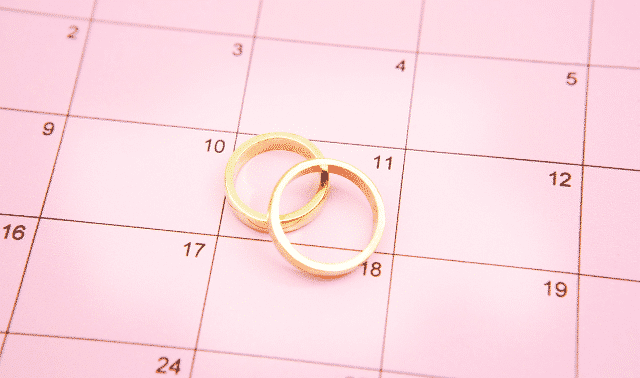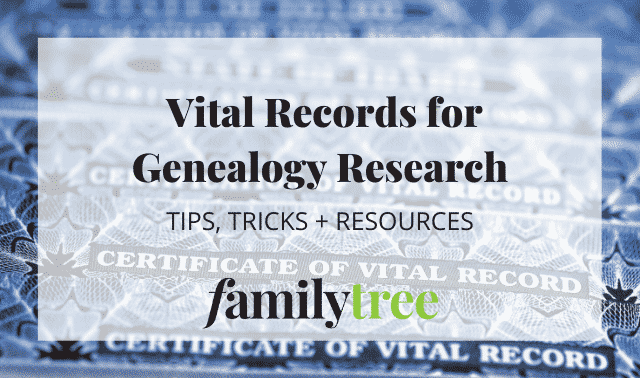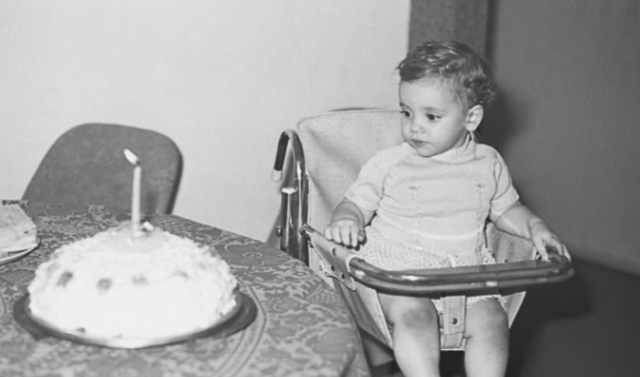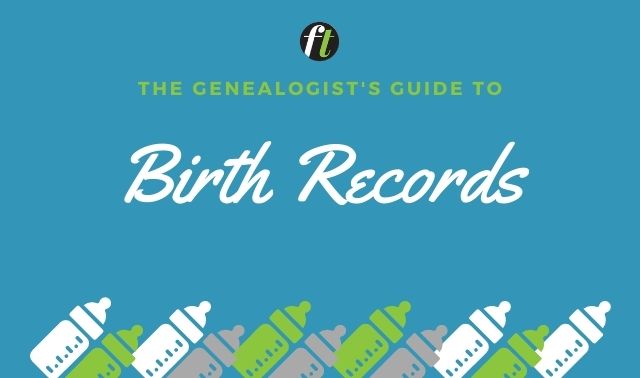Sign up for the Family Tree Newsletter Plus, you’ll receive our 10 Essential Genealogy Research Forms PDF as a special thank you!
Get Your Free Genealogy Forms
"*" indicates required fields
When you can’t find a marriage record, try these other possibilities:
Newspapers
Look for wedding and anniversary announcements. Obituaries may also tell when the person was married.
Census records
Particularly 1900 and 1910, which asked for the number of years married. The 1850, 1860 and 1880 censuses asked if married within the year, and 1870 asked for the month of marriage if married within the year. The 1930 census, which becomes available to the public in 2002, asked for the age at first marriage.
Estimate based on the birth of the first child
Once you’ve identified who the first child likely was, you can subtract at least nine months for an estimate of when the couple may have married. Don’t put blinders on, though: Couples often made sure the wife could conceive before they took a stroll down the aisle. And some couples may have used some sort of contraception to delay beginning a family.
Pension applications
When applying for a widow’s pension, women had to provide supporting documents to prove their marriage and birth of their children. Men, too, may have given marriage information in their pensions. You may find testimonials to marriages or the actual family Bible pages, torn out and submitted to the government to prove the marriage.
Naturalization records
Before 1922, a wife automatically became a citizen when her husband did. In post-1906 naturalization records, you may find the date of marriage recorded.
Court documents
Look at all the deeds and other court records the couple created. You might find mention of when a couple married, especially if a land transaction dealt with inheritable property.
Divorce petitions
Even if your ancestral couple wasn’t granted a divorce, always look for a petition. There are a significantly larger number of petitions than actual divorces granted. The petition may give you the exact date of a marriage or the number of years the couple was married when the petition was filed.
Home sources
Don’t forget that oral history, family Bibles, diary entries, letters and other family papers may be the best and only source for a date of marriage.
A version of this article appeared in the June 2000 issue of Family Tree Magazine.
Related Reads
ADVERTISEMENT










